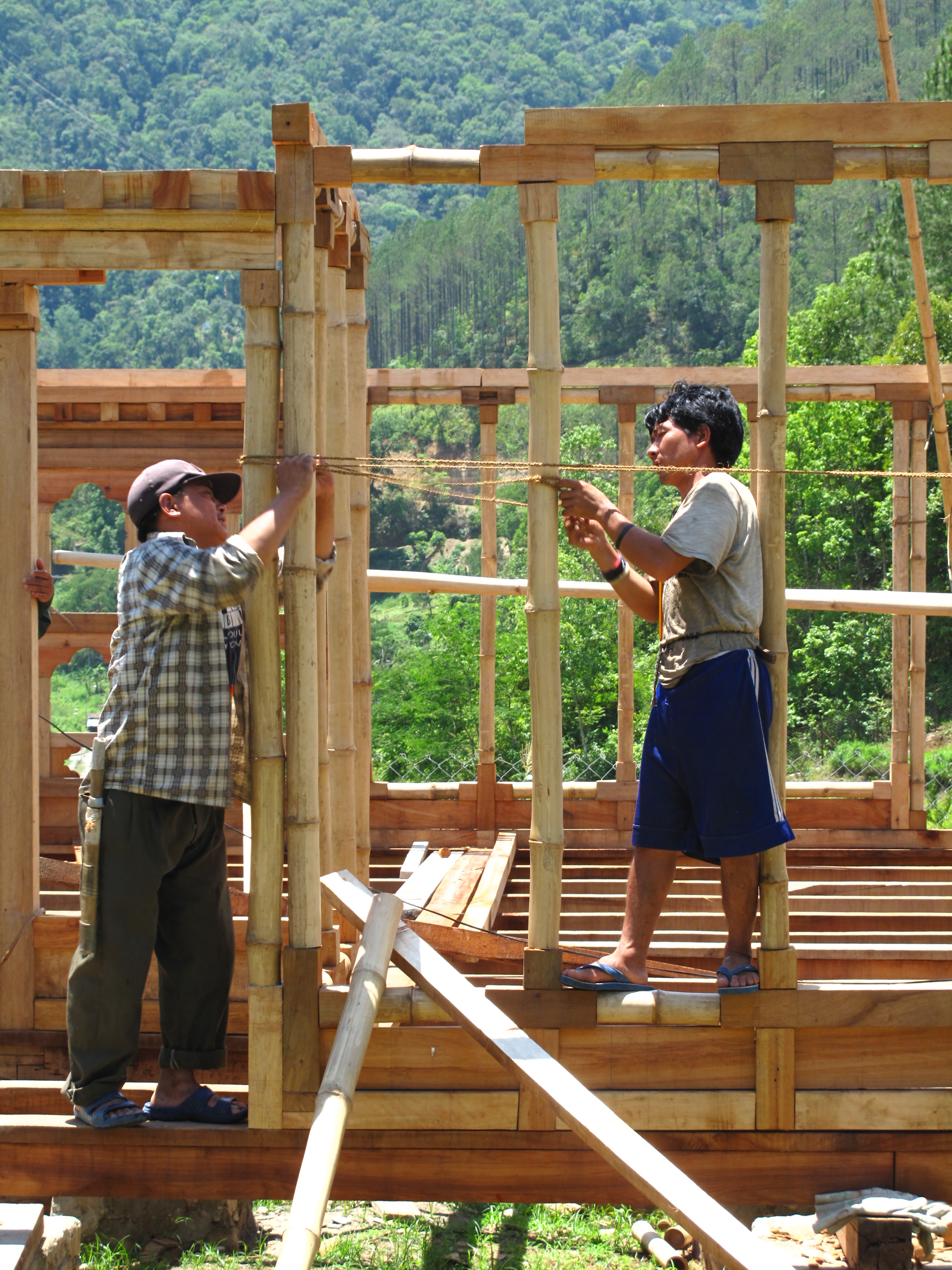I have spent one week of discussions, briefing notes and interactions with my new colleagues in INBAR. One of the issues that has come up a number of times is the question of certification and standards. We need standards for the management, use and trade of bamboo and rattan, and we need mechanisms to verify that standards are adhered to. INBAR has a key role in the development of bamboo and rattan standards by bringing together the best scientists in the field and coordinating efforts with our Members. A lot has happened, and more work is under way.
With regards to the management of bamboo forests and plantations, there is need to have a certification scheme that is similar to FSC or PEFC for forests. Apparently, 20% of the world’s forests are now certified under either of these schemes, but as bamboo is a non-timber species that grows fast, has strong root systems and thrives on being cropped, the standard for well managed bamboo stands cannot be the same as that for a stand of woody trees. The Rainforest Alliance is working on a “Stewardship Standard for Alternative Natural Fibers”, which will include bamboo, and INBAR is part of this working group.We hope that this will result in a practical, robust certification scheme for sustainable management of bamboo and rattan.
Once harvested, bamboo culms can be used for construction and this is another area where standards are urgently needed. INBAR is working closely with the International Standards Organisation in Geneva, Switzerland (ISO) and has already developed three published ISO standards for construction with round bamboo. Recently, the ISO Technical Committee 165 on Timber Structures agreed to establish a new working group on structural uses of bamboo, which will have a mandate governing not only round bamboo, but also engineered bamboo. It will be a forum for standardizing the design, testing and manufacturing processes of engineered bamboo structural products. Therefore, I hope to get buy-in and participation from the private sector. I am talking to several leading industry partners in the weeks to come, and this is one issue that I will discuss with them.
INBAR is the International Commodity Body for Bamboo and Rattan and together with the World Customs Organisation we have established a range of Harmonised System codes that classify traded bamboo and rattan products. These codes cover raw materials, plaited products, industrial products, furniture and bamboo shoots. One of the challenges with engineered bamboo is that the terminology of bamboo products is not uniform, and we have signed an agreement with several partners in December last year to work together on the classification of engineered bamboo construction products.
The last step is to have regulations in place that allow bamboo products to be used in construction of housing. Not all countries provide for this, and only Colombia, Ecuador, India and Peru have included bamboo in their national building codes, although the US Green Building Council provides for LEED credits when bamboo is used in building construction. INBAR will work with all its Members and the international community to promote the inclusion of bamboo in national and international building standards.
As I said above – a lot has happened but there is still a lot of work to be done. Check out the INBAR website to follow our progress. Of course standards are also needed for other uses of bamboo and rattan, such as charcoal, textile and paper manufacturing, but that is another story.



Congratulations for your new position as Director General of INBAR. We hope to meet you in Brazil sometime this year, as soon as our country will finally join INBAR as a member. Bamboo as a raw material is in short supply, globally speaking, but South America and Africa can help to change this picture, because here we have much available land for cultivation and suitable climate. All we need is to spread bamboo technology and INBAR could play a big role in that, would you agree?
Best regards,
Hans J. Kleine
Bamboo Association of Santa Catarina
Florianópolis – South Brazil
Dear Hans
Thank you for your good wishes. I also hope that Brazil will join as a Member of INBAR! We will do what we can to help with technology transfer.
Best regards
Hans